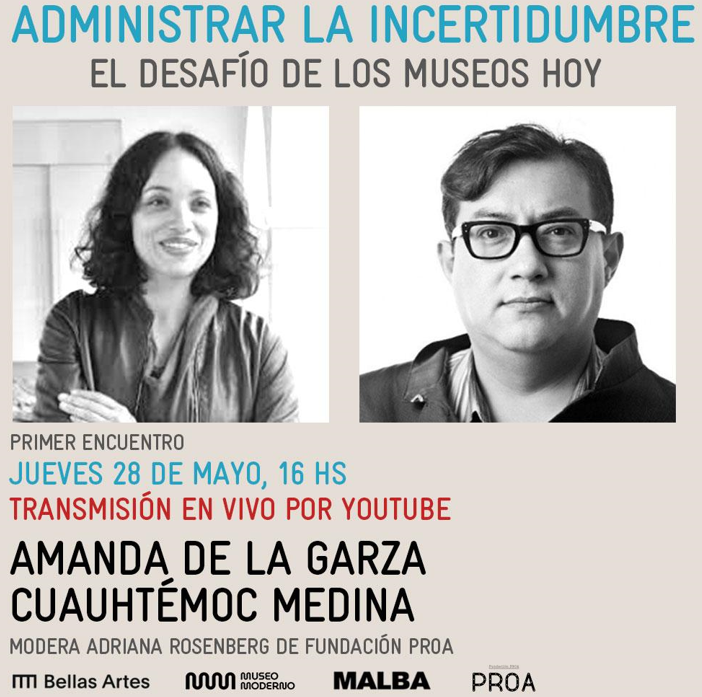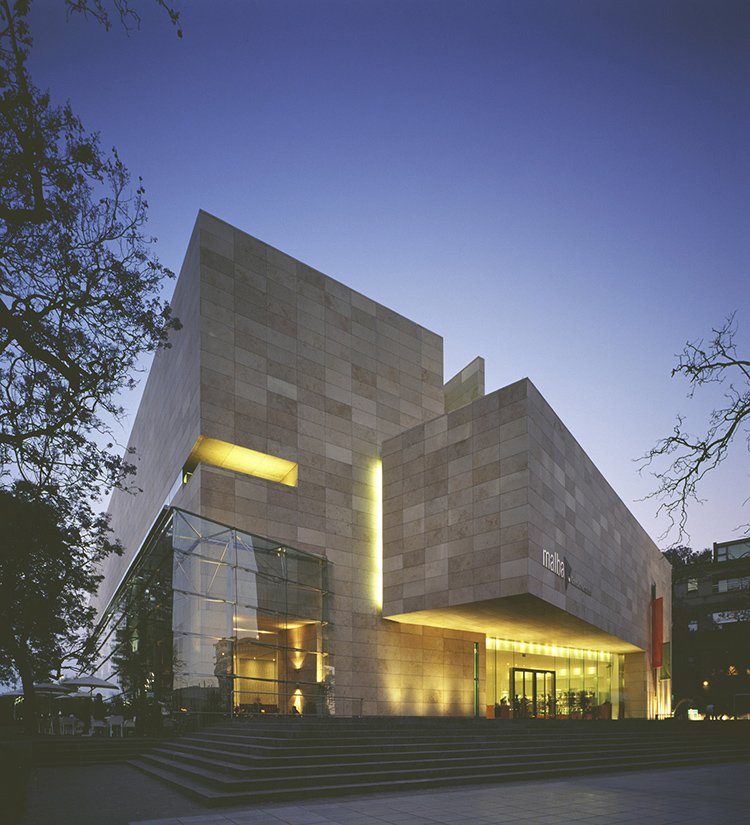"The 'Museums Illuminate' action was an attempt to make visible the importance of museums for society in a time of pandemic"
In 2020, museums and collections all over the world were deeply affected by the COVID-19 pandemic; consequently, many public-facing institutions were required to take a position on their operations. The Museum Watch Committee saw the extent to which museums played a specific role in the discussions on COVID-related lockdown measures within wider fields such as arts and culture, entertainment, and leisure.
To monitor the roles and positions of institutions internationally, the Museum Watch Committee asked CIMAM members to identify the main arguments used worldwide to keep museums open and operational in these difficult times. It launched this project in November 2020.
This call to action activated contemporary art professionals worldwide, spanning Argentina, Australia, Belgium, India, Italy, Peru, Russia, Singapore, Spain, and the United States. They presented their main arguments to keep their museums open or reopen them soon and shared their experiences from the pandemic.

The first stage took place from March 2020 following the closure by presidential decree of all cultural spaces in Argentina. As a reaction to this, in May 2020 the following museums in Buenos Aires formed a working group to jointly address the pandemic and negotiate with the various governments (municipal and national):
- Museo Nacional de Bellas Artes (public, national museum, under the Ministry of Culture of the Nation)
- Museo de Arte Moderno de Buenos Aires (public, local museum, under the Ministry of Culture of the Government of the City of Buenos Aires GCBA)
- Museo de Arte Latinoamericano de Buenos Aires- MALBA (private museum)
- Fundación Proa (private institution)
Two main actions were conceived by the museums’ working group:
- May 2020: Establishment of protocols for the various stages of reopening that we jointly submitted to the Ministry of Culture of the GCBA – where the four museums are geographically located – proposing that the authorities follow the professional guidelines proposed by the participating institutions.
- June 2020: Foundation of Red Argentina de Museos y Espacios de Arte (RAME), a network in which more than 100 museums and cultural spaces of all kinds have already subscribed and which is dedicated to the most diverse patrimonies and actions, public and private, of everything in the country.
In the second stage, while already associated as RAME, the four museums generated the following actions, whose ultimate goal was to prepare for the reopening of our cultural institutions:
- RAME ACTION 1: From June 2020, RAME organized a series of talks in Spanish titled “Managing Uncertainty” with the aim of bringing together museum directors from around the world and the country to share how they are addressing the pandemic and the closure, as well as their plans and actions for reopening. (See Annex 1. Series of talks)

- RAME ACTION 2: From July 2020, RAME submitted successive formal reopening requests to the GCBA and contributed to the preparation of the reopening protocols. (See Annex 2. Reopening arguments)
- RAME ACTION 3: During October 2020, while reiterating to the various governments the need to reopen museums according to the arguments presented, we also called upon over 100 museums in the network to participate in “Museums Illuminate”, an action to illuminate their facades on Friday, October 23 at 8:00 p.m., and to broadcast a pre-recorded video showing this throughout the country.

The action was an attempt to make visible the importance of museums for society in a time of pandemic and to pressure the various governments – national, regional, and municipal – into reopening in a poetic way that avoided the appearance of a protest. One week before the action, RAME met with the GCBA authorities who agreed to reopen the museums. The “Museums Illuminate” action was then used to accompany the reopening announcement made in the media that same day. Museums were authorized to open from the following Monday, which happened gradually throughout the country. (See Annex 3. Announcement Action Museums Illuminate & Link to the Video)
The below conclusions and examples aim to encourage and inspire modern and contemporary art museum professionals worldwide to keep their museums operational.
1.MUSEUMS ARE SAFE SPACES
The scale of exhibition spaces, temperature, and air controls, as well as crowd management, make museums some of the safest public spaces. Museums have established very clear protocols and guidelines to enable both staff and visitors to remain safe in the museum and workspace.
2.MUSEUMS ARE AN ESSENTIAL SERVICE
Art and culture are essential to our individual and collective well-being. They offer one of the most positive ways of engaging with complexity and uncertainty in these difficult times. Museums contribute by engaging with and supporting the emotional and intellectual health and growth of citizens. They offer much-needed contact with the material, the physical, and the real, in a safe environment.
3.MUSEUMS ARE DRIVERS FOR ECONOMIC RECOVERY
Museums support thousands of jobs and should be seen as drivers for economic recovery in the cities and countries where they are situated. Each museum is encouraged to demonstrate the number of jobs that it sustains in its city.
4.MUSEUMS CAN ACT COLLECTIVELY
Museums are advised to come together with other museums and cultural institutions in their city. To have a common position and voice. To get stronger and stand collectively to push forward their petition. During the pandemic, many museums and cultural associations have worked closely with one another for the betterment of cultural sectors as a whole.
5.MUSEUMS CAN ADAPT
Without access to physical spaces, museums have seen an increase in the digitalization of their programs and activities. Either for survival or as an opportunity, museums have taken advantage of technology to upgrade their online presence and build new online audiences from all over the world. While many museums have seen their international visitor numbers reduced, they are now focused on engaging and attracting new local audiences.
6.MUSEUMS SHOULD MAINTAIN DIALOGUE WITH THE GOVERNMENT
Whether or not the government supports arts and culture, it is of key importance to maintaining an open dialogue. Museums should keep insisting on their significance to society at large, leveraging on arguments for why they are crucial spaces for citizenship and economic recovery.